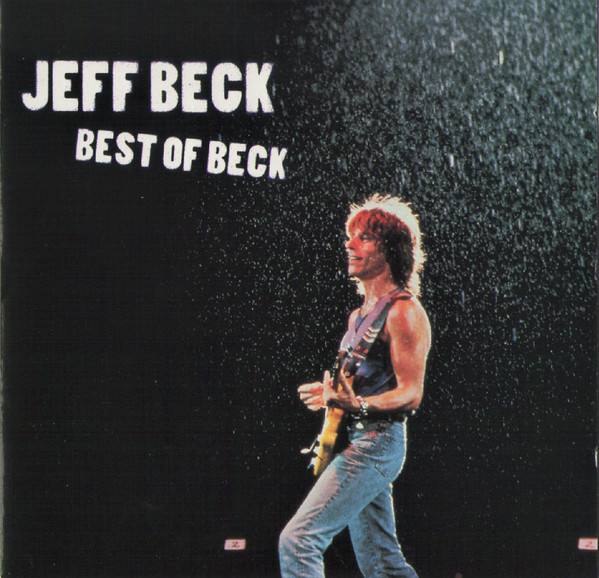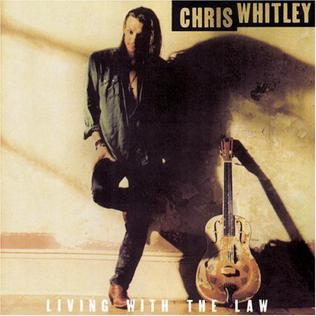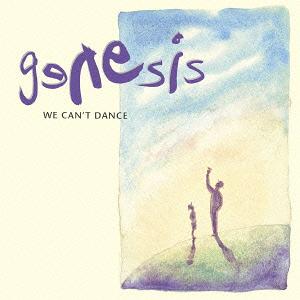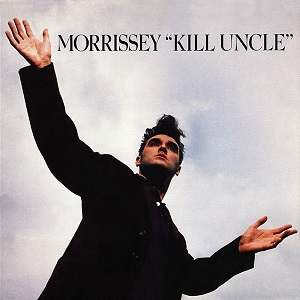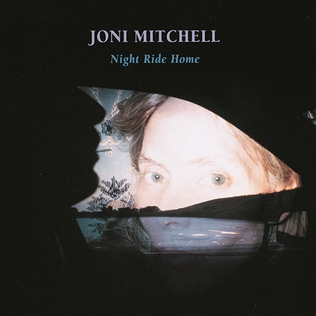 Back in 1975, the Grateful Dead had just finished recording their Blues For Allah album, and invited a bunch of radio people from a nearby convention to hear it as part of their promotion. Fifteen or so years later, the existence of a superior recording (as broadcast on the radio soon after) coupled with the novelty of being captured in the midst of their lengthy break from touring made it a good choice to kick off their latest archival series, on their own label. (In solidarity with the environmental movement to eliminate longbox packaging for CDs, the album came in the new digipack style, which made it easy to display on store racks, and prone to scuffs and tearing at home.)
Back in 1975, the Grateful Dead had just finished recording their Blues For Allah album, and invited a bunch of radio people from a nearby convention to hear it as part of their promotion. Fifteen or so years later, the existence of a superior recording (as broadcast on the radio soon after) coupled with the novelty of being captured in the midst of their lengthy break from touring made it a good choice to kick off their latest archival series, on their own label. (In solidarity with the environmental movement to eliminate longbox packaging for CDs, the album came in the new digipack style, which made it easy to display on store racks, and prone to scuffs and tearing at home.) One From The Vault presents the complete show, the band kicking in while Bill Graham is doing his introduction, with the first set (and disc) concentrating mostly on side one of the album, melding in “It Must Have Been The Roses” and “Eyes Of The World”, which incorporates a “Drums” detour. The second set starts with a slowed-down “Around And Around”, closing the first disc as the rest of the show filled the second disc to capacity. Following “Sugaree” and “Big River”, it’s on to side two of Blues For Allah, with another “Drums” detour, “The Other One”, “Goin’ Down The Road Feelin’ Bad”, and “U.S. Blues” before ending with a 20-minute exploration of the title suite, complete with miked crickets, for the only time ever. It’s a good gig musically as well as historically. (Only one other show from this era has officially surfaced, albeit in a limited 80-CD box set: a free concert in conjunction with Jefferson Starship; see below.)
 The album was followed into stores a week later by an all-star tribute album distributed by Arista, who were probably wondering when they’d get another Dead album themselves. Deadicated was designed to benefit rainforest and indigenous peoples causes, and featured mostly faithful covers by the likes of Elvis Costello, Cowboy Junkies, Warren Zevon, Indigo Girls, Los Lobos, Dr. John, and new sideman Bruce Hornsby. A few Georgia Satellites and Heartbreakers gang up as the Harshed Mellows to stomp through “U.S. Blues”, and Suzanne Vega manages to create a medley of “China Doll” and “Cassidy”. Dwight Yoakam and Lyle Lovett mildly countrify “Truckin’” and “Friend Of The Devil” respectively; Burning Spear takes “Estimated Prophet” even further into reggae; Midnight Oil matches the mystery of “Wharf Rat”; and Jane’s Addiction makes “Ripple” fairly goofy. All in all, the matchups work and the album flows.
The album was followed into stores a week later by an all-star tribute album distributed by Arista, who were probably wondering when they’d get another Dead album themselves. Deadicated was designed to benefit rainforest and indigenous peoples causes, and featured mostly faithful covers by the likes of Elvis Costello, Cowboy Junkies, Warren Zevon, Indigo Girls, Los Lobos, Dr. John, and new sideman Bruce Hornsby. A few Georgia Satellites and Heartbreakers gang up as the Harshed Mellows to stomp through “U.S. Blues”, and Suzanne Vega manages to create a medley of “China Doll” and “Cassidy”. Dwight Yoakam and Lyle Lovett mildly countrify “Truckin’” and “Friend Of The Devil” respectively; Burning Spear takes “Estimated Prophet” even further into reggae; Midnight Oil matches the mystery of “Wharf Rat”; and Jane’s Addiction makes “Ripple” fairly goofy. All in all, the matchups work and the album flows.
Grateful Dead One From The Vault (1991)—3
Archival release of same vintage:
• 30 Trips Around The Sun: The Definitive Live Story 1965-1995 (2015)
Deadicated: A Tribute To The Grateful Dead (1991)—3½

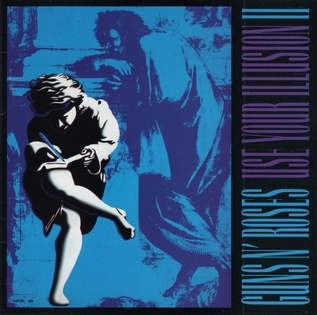
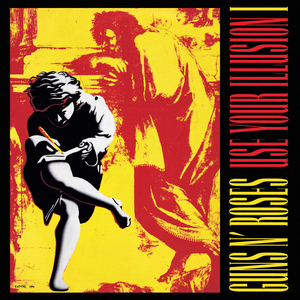

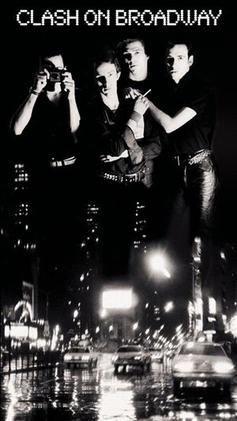






:format(jpeg):mode_rgb():quality(40)/discogs-images/R-7876923-1450716328-8525.jpeg.jpg)
